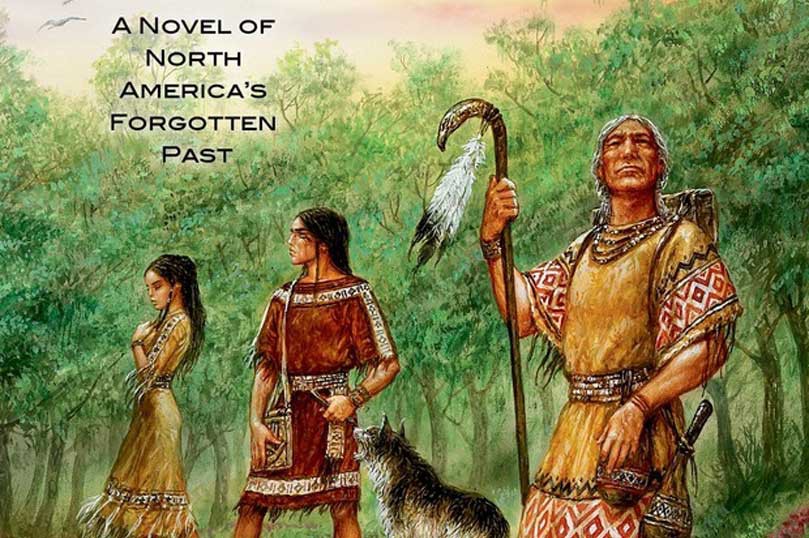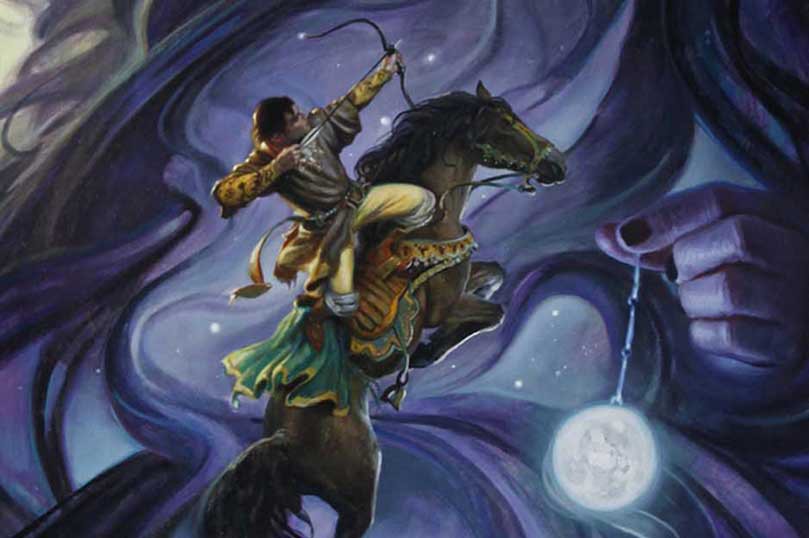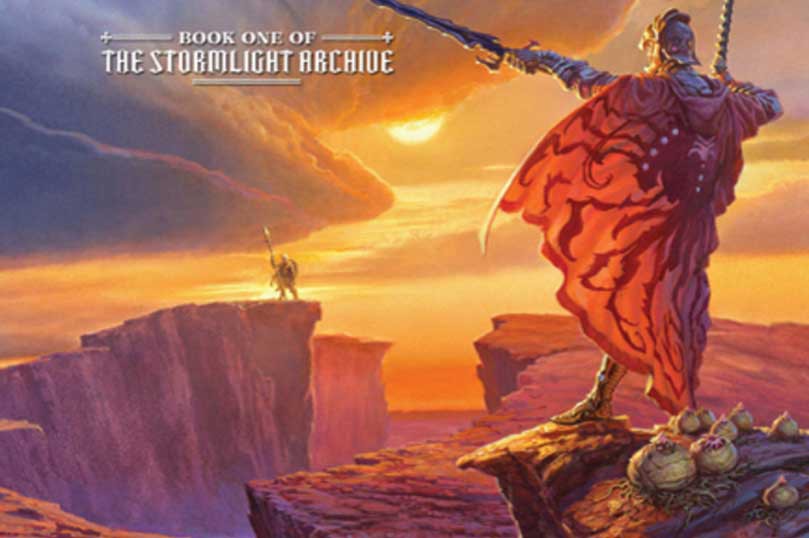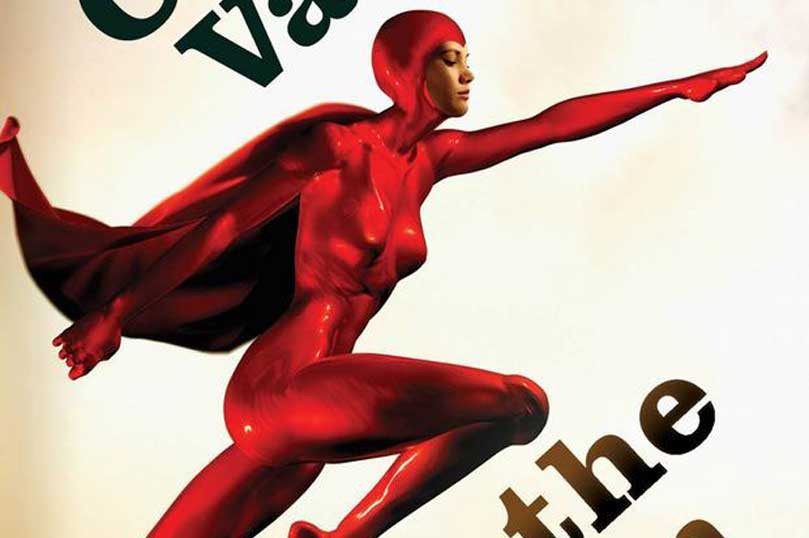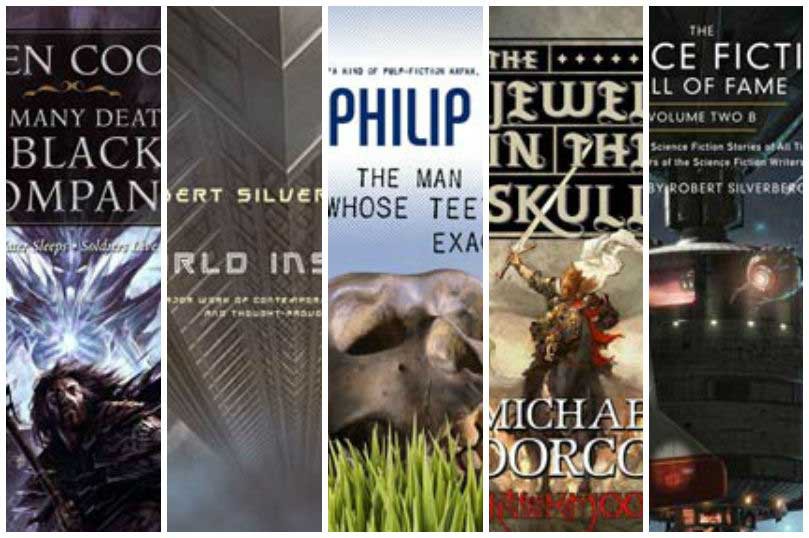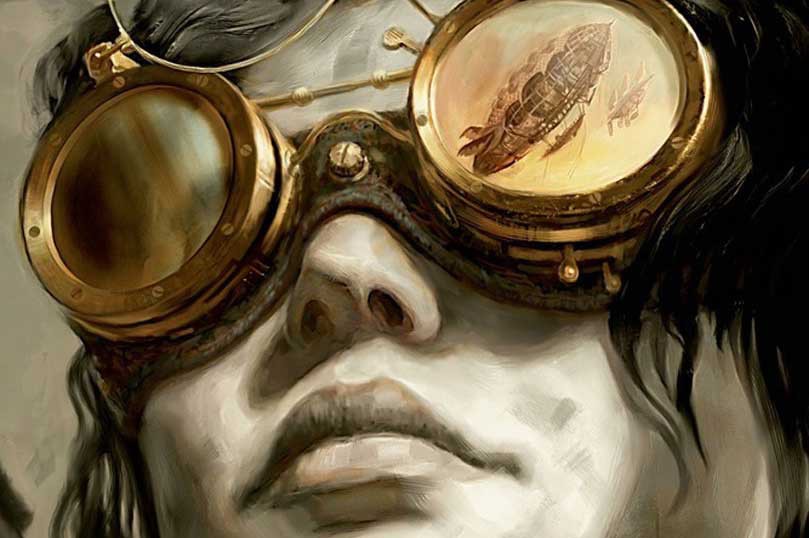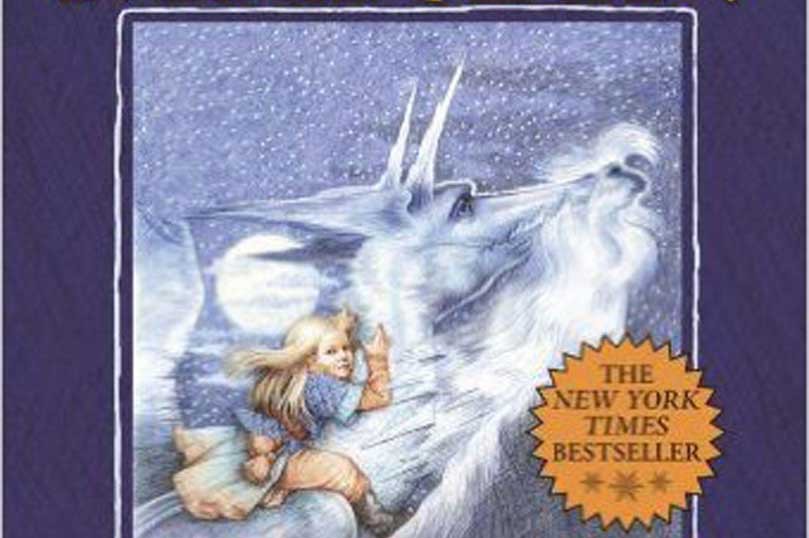Welcome to Throwback Thursdays on the Tor/Forge blog! Every other week, we’re delving into our newsletter archives and sharing some of our favorite posts.
There’s more to American history than the Revolutionary War, but it’s easy to forget that from the vantage point of the 21st Century. Luckily, we have W. Michael Gear and Kathleen O’Neal Gear to remind us, with their incredible series North America’s Forgotten Past. To celebrate the release of the newest novel in the series, opens in a new windowPeople of the Morning Star, we went back to the Tor Newsletter from opens in a new windowMay of 2008, when they wrote about the largest city in North American in A.D. 1350. We hope you enjoy this blast from the past, and be sure to check back every other Thursday for more!
 By W. Michael Gear and Kathleen O’Neal Gear
By W. Michael Gear and Kathleen O’Neal Gear
Okay, here’s the question: The year is A.D. 1350. Name the largest city in America? Come on, it can’t be that hard. This is America, for Pete’s sake! Remember? Like, you live here. You know London was the largest city in England, and Paris in France. Surely you must know the largest city in America at the same time. Okay, we’ll give you a hint: it dominated four states for nearly four hundred years—that’s one hundred years longer than New York City has been in existence. This city had economic ties to Canada in the north, Florida in the south, and Oklahoma in the west. For its first two hundred years it was surrounded by a twenty-foot-high wall with bastions every thirty yards. After that it was so powerful no enemies could mount a sufficient threat to justify the great fortifications. Still don’t know the name of this city?
That’s America. We’re a curious country. One out of four Americans claims to have some percentage of Native American ancestry. Of those, the majority claim some Cherokee, Choctaw, Creek, Chickasaw, or Seminole blood. Ask those who are Italian, and they can tell you something about Romans, the Renaissance, Venice, Florence, or Rome. Others know something about their German, Spanish, or Irish heritage. Why, then, has our Native American heritage been forgotten?
People of the Weeping Eye is another of our novels about “America’s Forgotten Past.” But this one is special: it deals with the great civilization that flourished around Moundville, Alabama. (And, yes, that is the answer to the question asked above.) While Moundville wasn’t the only powerful city in the Southeast, it survived the longest, was the most powerful, and built the largest monuments. You can still go to Moundville; it’s a twenty-minute drive south of Tuscaloosa, Alabama. You won’t see the great wall, or the multi-storied buildings that once stood there.
What you will see are foundations, but even seven hundred years later, they remain impressive. Why, you might ask, are foundations all that are left? These people built with logs and roofed with thatch. Log buildings-no matter how large-don’t survive in humid forests for six hundred years.
Who built Moundville? The best guess is that ancestral Chickasaw were responsible. They came in around 1000 A.D., conquered the ancestral Alabama peoples, and built a city that would inherit part of grand Cahokia’s legacy. We call this period the Mississippian. To newcomers in American archaeology, Mississippian describes a series of cultures that traded and warred, built earthworks, crafted stylistically similar art, and built similar houses and cities.
Despite the fact that we are writing about America’s past, for many readers, People of the Weeping Eye will seem like epic fantasy. Here is a universe that is at once familiar and ultimately foreign. We rely heavily on the myths and legends of the great Southeastern tribes. They believed the world was divided into three realms: that of the sky, earth, and underworld. Each of these worlds was filled with powerful and dangerous spirit-beings. The most powerful were those with mixed characteristics—like snakes with wings, birds that lived underwater, and flying fish. Only the most powerful shaman, like the Kala Hiki in Weeping Eye, could locate and pass through the holes that led from one realm to the other. Snakes were water beings, and the most powerful of these was the horned serpent. He had rainbow-colored scales, horns on his head, and great crystal eyes.
Our characters, Trader, Old White, and the Contrary girl, Two Petals, travel the same Mississippi River that flows today. They pass sites like the Shiloh Mounds and Cahokia, a World Heritage Site. If you go to Moundville, you can climb the same stairs that Smoke Shield and Flying Hawk did. You can look down from the bluff where Mary Wet Bear heard singing rise from the Black Warrior River. The novel is about actual places and archaeology. In museums you can see many of the artifacts we describe in the novel. We include a bibliography at the end so that interested readers can go to the same source material we use.
We hope you enjoy this journey through America’s forgotten past, and into the heart of one of the grandest civilizations in the world. Watch out for Two Petals!
This article is originally from the May 2008 Tor/Forge newsletter. Sign up for the Tor/Forge newsletter now, and get similar content in your inbox twice a month!

